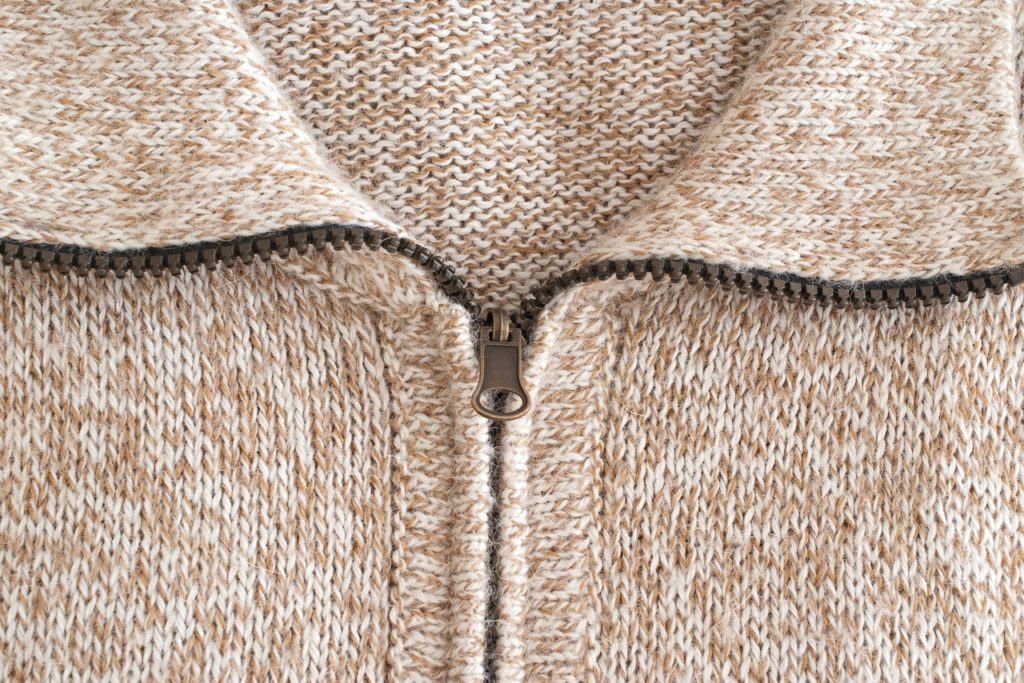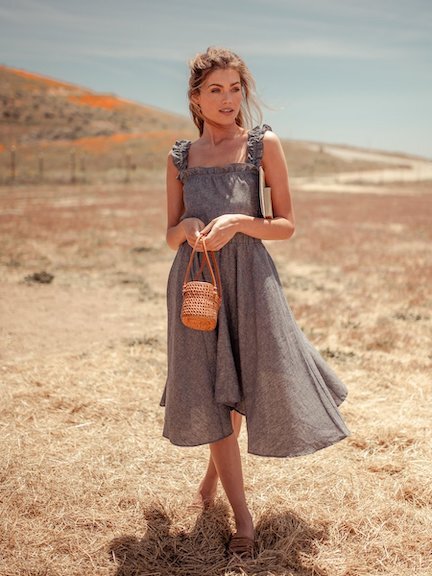Free Advice On Selecting Bamboo Clothing
Wiki Article
How Do You Know If Hemp A Sustainable Crop In Terms Of Pesticides, Water Use And Herbicides When Compared To Cotton?
Due to a variety of reasons, hemp is believed as a sustainable crop than cotton when it comes to the use of water, pesticides, and herbicides.
Hemp Hemp is regarded as a plant that has low water needs compared to cotton and other crops. It is a drought-tolerant and low-irrigation plant. Hemp is typically cultivated using only rainwater.
Cotton-Combed cotton is renowned for its heavy use of water. The cultivation of cotton requires massive irrigation, which drains local water supplies and contributes to water shortages in water-stressed areas. Cotton farming is water-intensive which has raised concerns about its long-term sustainability.
Pesticides and herbicides
Hemp- Hemp naturally wards off many diseases and pests, which means it's less likely to require chemical herbicides or pesticides. Although some hemp crops require pest control, in general the dependence on chemical is lower than many other crops like cotton. Hemp cultivation is almost pesticide-free.
Cotton- Conventional cotton farming is heavily dependent on synthetic herbicides, pesticides, and weed killers for the control of pests. These chemicals can cause harm on the environment. This is a case of water and soil contamination and also harming non-targeted animals and resistance to pesticides.
In short hemp is regarded as to be a more sustainable plant than cotton when it comes to the use of water, pesticides and herbicides-
Hemp is a crop that needs less water than other crops. It can also be grown without irrigation or rainfall.
Hemp is naturally resistant to a variety of diseases and pests which means that it is less reliant on synthetic pesticides.
Hemp is typically grown with lower levels of herbicides and pesticides compared to conventional cotton.
It is important to note that sustainable and environmentally friendly practices can vary among individual cultivators and even regions. By reducing the use of synthetic chemicals and by promoting soil health organic farming practices increase the sustainability. Concerning the impact that clothing and textiles can have on the environment, choosing organic, sustainable fibers like hemp or Cotton can reduce this footprint. See the best hemp clothing url for more info including hemp jeans, patagonia hemp vest, clothes made from hemp, hemp hoodie, hemp boxer shorts, patagonia ranch jacket, women's all seasons hemp canvas bomber hoody jacket, organic hemp clothing, hemp button shirt, organic hemp underwear and more.

What Is It That Makes Hemp Fibers Breathable And Moisture-Wicking?
Hemp has unique chemical and structural characteristics that make it breathable, moist-wicking, thermoregulating, and wicking capabilities. These properties are due to the following factors- Microscopical Structure- Hemp has a porous and hollow structure that allows for air circulation throughout the fibers. The natural porosity of hemp makes it extremely air-tight. When they are woven into fabric the structure allows air to pass through. This improves circulation and prevents the accumulation of moisture and heat against the skin.
Hemp Fibers Absorb Moisture and Wicking Hemp fibres are hydrophilic. This means they are affixed to water. They can also easily absorb moisture. Hemp fibers are able to remove moisture or sweat from your body, eliminating the sensation of being wet. Hemp fibers can also draw water away from your body by dispersing the moisture over large areas, which makes it easier to evaporate the moisture faster. The moisture-wicking properties keep you dry and comfortable during intense physical activities or in hot weather.
Thermoregulation Hemp fibers have natural properties for insulation. They are able to trap warmth close to your body in cold weather, providing warmth. In the summer, they allow excess heat and moisture escape and help you cool down. Hemp clothing is appropriate for all temperatures and activities because of its inherent thermoregulatory properties.
Hemp fibers have antimicrobial properties and they can impede the growth of bacteria that cause odors. This feature contributes towards the freshness and odor resistance odor of hemp clothing during time of training.
Hemp fibers are durable and long lasting So hemp clothing will not get stale. This extends the lifetime of hemp clothing, which reduces their need to be replaced and also the environmental impact.
UV Protection Hemp fibers protect the skin against harmful ultraviolet radiation. Being able to block UV radiation makes hemp clothing suitable for outdoor activities.
These qualities are inherent to hemp fibers, and are not dependent on chemical treatment or other additives. Hemp's natural characteristics create a sustainable and comfortable fabric, especially for activewear, outdoor clothing and warm weather clothing. These attributes are preserved when hemp fibers transform into textiles. They are the most sought-after materials for eco-friendly clothing. Read the top my explanation for site recommendations including hemp dress, hemp polo shirts, patagonia ranch jacket, hemp boxer shorts, hemp yoga clothes, american made hemp clothing, hemp shirts mens, women's all seasons hemp canvas bomber hoody jacket, patagonia hemp overalls, hemp apparel wholesale and more.
What Are Some Of The Advantages Of Bamboo Clothing For Comfort And The Environment?
Bamboo clothing offers many benefits in terms of comfort and the environment.
Bamboo fabric is known for its softness. It's smooth and silky to the touch, which makes it comfortable on the skin. A lot of people find bamboo clothing to be luxuriously soft and comfortable, which makes it a popular option for intimate clothing, loungewear, and activewear.
Bamboo fibers breathe well and are able to absorb moisture. These micro-gaps let air circulate and keep you cool. The moisture-wicking properties help remove sweat from the skin, reducing the sensation of dampness.
Bamboo clothing has excellent properties for thermoregulation. Bamboo clothing helps keep your body warm in colder temperatures by capturing warm air close to your body. It also helps to keep cool in hot weather because it allows the excess heat and moisture to escape. The flexibility to various temperatures makes bamboo clothing suitable for year-round clothing.
Bamboo fabric is naturally hypoallergenic and gentle for skin that is sensitive. It is less likely to trigger irritation or allergic reactions. This makes it a comfortable choice for individuals who suffer from skin sensitivities or allergies.
Bamboo fibers can be resistant to odors thanks to their antimicrobial properties. This feature helps bamboo clothing keep fresh and clean after physical activity.
Environment-
Sustainability Bamboo is a sustainable and renewable resource. It is one of the fastest-growing species worldwide and requires a minimum amount of water as well as no pesticides or herbicides for cultivation. Bamboo can be harvested with no harm to the plant as the roots rejuvenate.
Bamboo is a naturally water-efficient plant that is water-efficient. Bamboo can be grown with minimal irrigation, and is typically planted with rainwater only. This helps reduce the environmental impact of water usage in agriculture.
Biodegradability. Bamboo clothes will naturally decay as time passes if it is it is disposed. This feature helps to reduce the amount of non-biodegradable fabric garbage that is disposed of in landfills.
Carbon Sequestration. Bamboo plants can absorb carbon dioxide from the atmosphere as they expand rapidly. Bamboo cultivation is an absorber of carbon dioxide which reduces levels of greenhouse gases as well as helping to reduce the effects of climate change.
Chemical Reduction- The manufacture and processing of bamboo textiles typically require less chemicals than some other textiles. This helps reduce the impact on the environment that textile manufacturing has.
Closed-Loop Production- Some bamboo fabric production processes utilize closed loop systems, which recycle and reuse water and chemicals, minimizing the amount of waste and pollution.
Be aware that the effects of bamboo clothes on the environment could differ depending on the type of manufacturing process used, and whether bamboo was sourced ethically and sustainable from the bamboo forest. If you want to get the most environmental benefits from bamboo clothing, look for sustainable and ethical manufacturing practices. Take a look at the recommended bamboo clothing url for blog recommendations including bamboo t shirts womens, bamboo family pajamas, bamboo pants womens, bamboo shorts mens, bamboo cay shirts, faceplant pajamas, bamboo clothing sustainable, bamboo yoga trousers, bamboo womens shirts, bamboo shorts mens and more.

